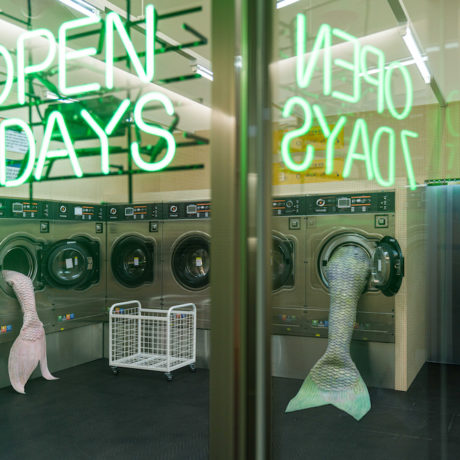
How do we define the limits of a creative space? An ongoing exhibition at Daelim Museum Seoul brings together ten independent arts platforms from around the South Korean capital. Each of them in some way redefines the traditional gallery model, and their inclusion in the same show explores the possibility of togetherness without homogeneity. The Gucci project, curated by Myriam Ben Salah, took its cue from creative director Alessandro Michele’s reflections on eterotopia: an “other” space, which could be seen as a physical manifestation of a utopia.
“The laundromat is a microcosm for the economic and socio-political forces that clash in the everyday”
One of five artists to show alongside the independent arts platforms, Olivia Erlanger has recreated a work previously housed in a Los Angeles laundromat. Ida, Ida, Ida! features a surreal line-up of mermaid tails hanging from the open doors of washing machines. Their hindquarters are flopped towards the ground with all the nonchalance of an item of clothing spilling out. But there is something overwhelmingly sublime about the piece too, a slice of mythology in the most practical of spaces.
Erlanger utilizes the mermaid’s form as a “pre-gender archetype”, and explores notions of mobility and aspiration through both the mermaid’s physiology and the work’s setting. “The laundromat is a seemingly ‘democratic’ site,” the American artist tells me. “It is a microcosm for the economic and socio-political forces that clash in the everyday, from the housing crisis and disparate development to gentrification.”
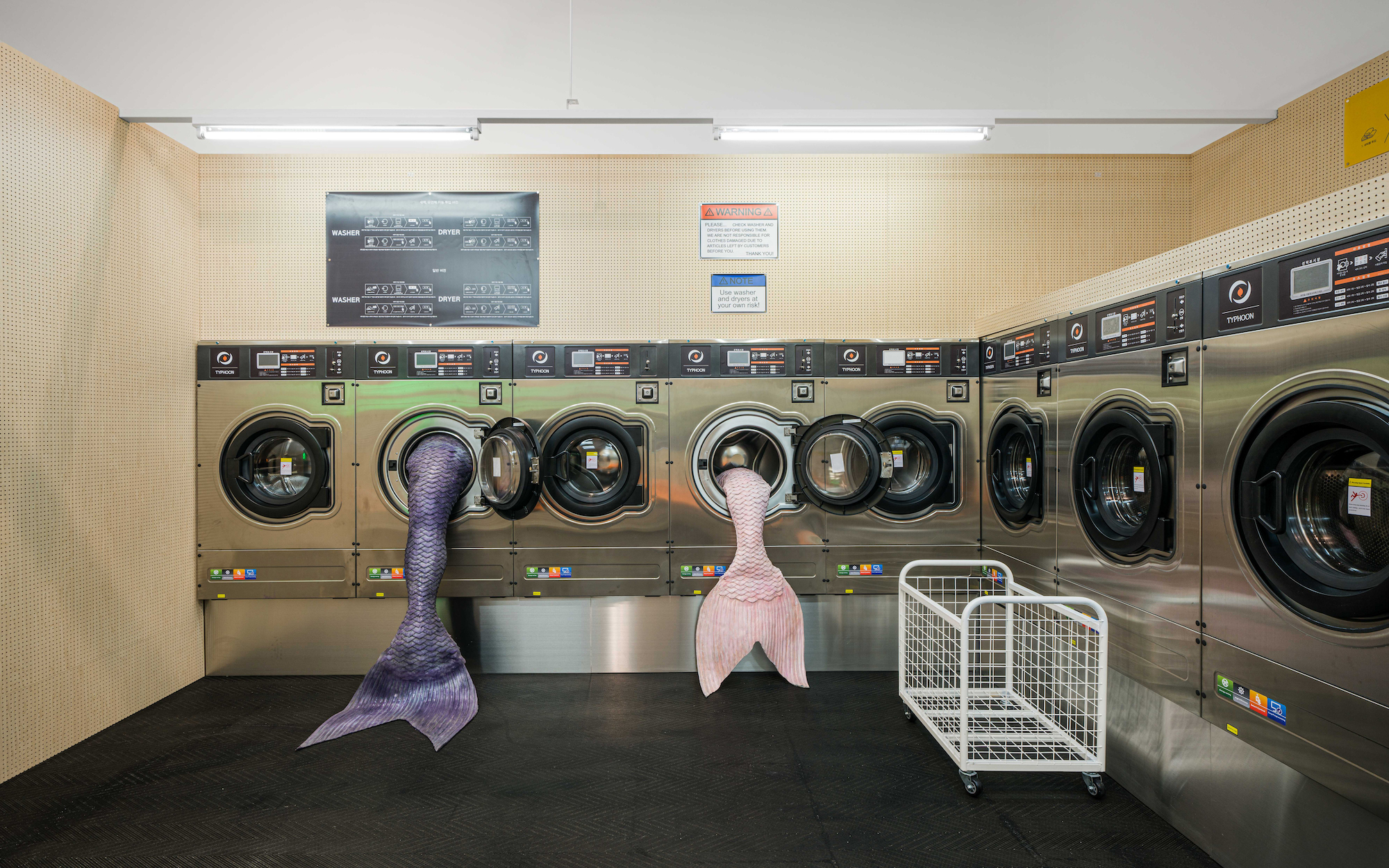
You’ve previously spoken about the mermaids in Ida, Ida, Ida as a “pre-gender or genderless architype”. What do you feel they can tell us about gender identity and agency in the contemporary world?
The mermaids in Ida, Ida, Ida lack gender, racial or class markers. These facsimiles exist in an idealized imaginary that evoke cultural traffickers in the “wondrous”, from the Surrealists to Disney
. On the other hand, they also descend into kitsch and simply foreground the space that surrounds them: a functional laundromat.
Mermaids are a chimera that speak to transformation and the potential to transcend the form in which you were born, offering new possibilities in terms of not only gender representation but experience. Additionally the mermaid addresses different forms of mobility as Ariel from The Little Mermaid gives up her voice to walk on land, trading her personal agency for material gain.
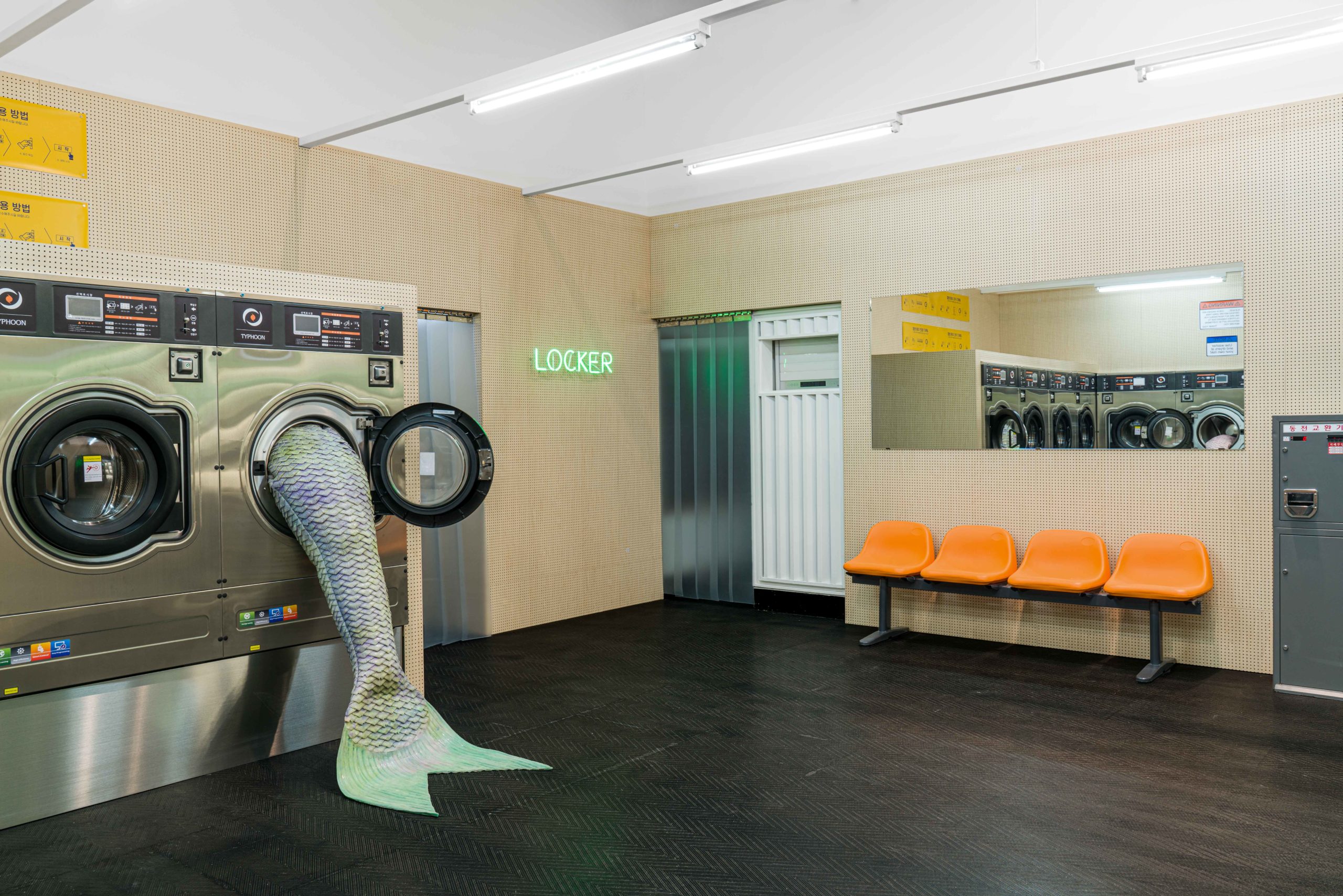
Ida was originally shown in an LA laundromat. What led you to present these mythical creatures in this particular space?
The laundromat is a seemingly “democratic” site. It is a microcosm for the economic and socio-political forces that clash in the everyday, from the housing crisis and disparate development to gentrification. Underscoring all of this is the idea of access: who has a washing machine at home? And who needs to go to a laundromat? Ultimately, the location is filled with the aspirations of its users and dovetails with my ongoing exploration of the myths that structure the American middle class and its ensuing dreams of social mobility, home ownership, self-betterment and self-realization.
“Underscoring all of this is the idea of access: who has a washing machine at home?”
The work is presented in Seoul alongside independent, non-conventional art spaces. What appeals to you about this kind of place to show art within—or as part of?
I love independent art spaces and I really wish I had been able to go and meet all of the artists involved! I am invested in supporting independent spaces as I ran Grand Century (NYC) with artists Dora Budor and Alex Mackin Dolan and continue to show with spaces that are artist run like Bel Ami (Los Angeles) and What Pipeline (Detroit).
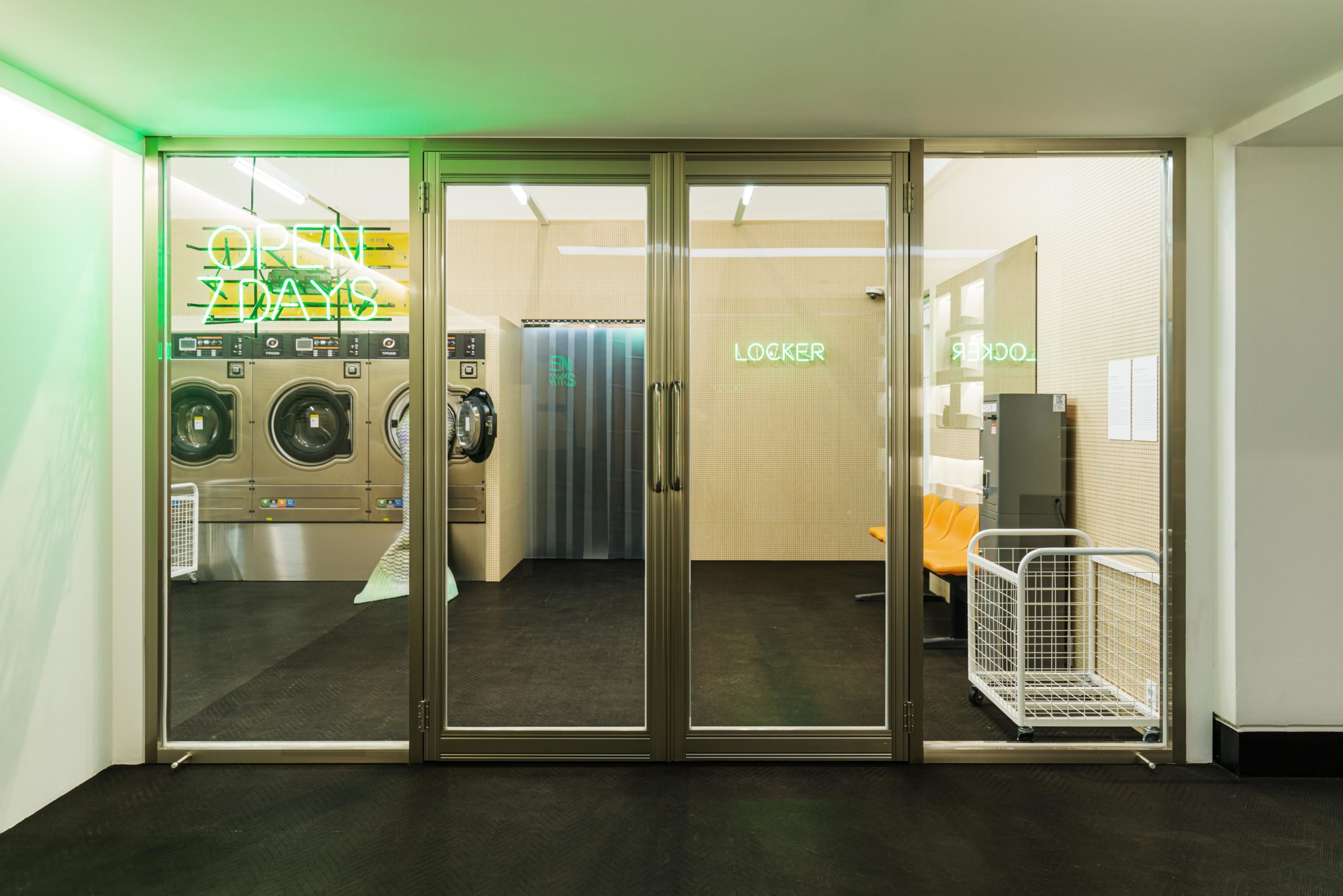
Many of your pieces have a playful, fantastical feel to them, and you have previously mentioned the impact of pop culture and childhood memory on your practice. Are there any movies or tales that have really influenced you over the years?
Before I even realized I was living in the aspirational, white middle class America my favourite movies and tv shows depicted, I was enamoured and terrified by it’s representation. I frequently reference American Beauty, The Virgin Suicides, Forrest Gump, The Truman Show, Pleasantville, Buffy the Vampire Slayer and The X-Files. In many ways these all have a bucolic “America” as a backdrop to the supernatural or surreal.
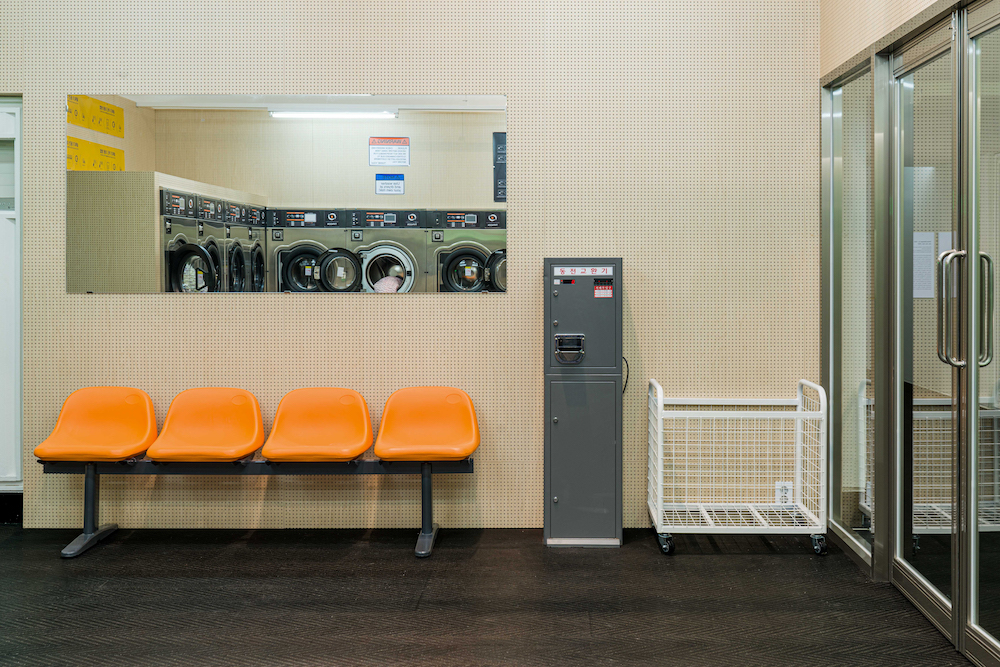
What are you working on in this current moment, and how have the last few months affected your practice?
I’m working on new sculptures for my upcoming show at Soft Opening in the fall and I just finished an essay, Shower Solutions for Pin Up Online, which traces the history of the shower through art and cinema.
I am responding to these questions after a week of protesting George Floyd’s murder and three months of lockdown, after over 100,000 Americans have died from coronavirus and 42 million have filed for unemployment. Needless to say there is a lot we all are processing as no one knows how this will impact our country, least of all how it affects my practice.
